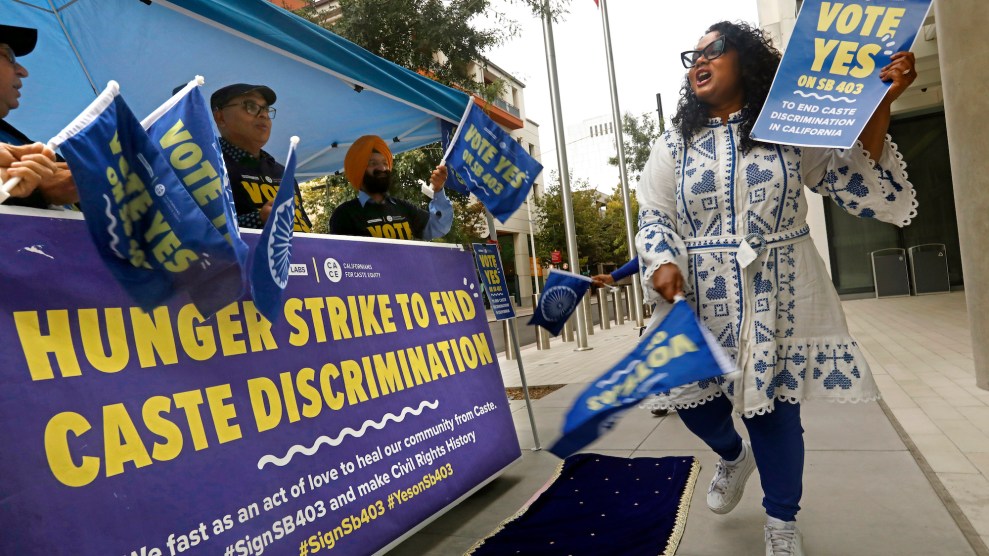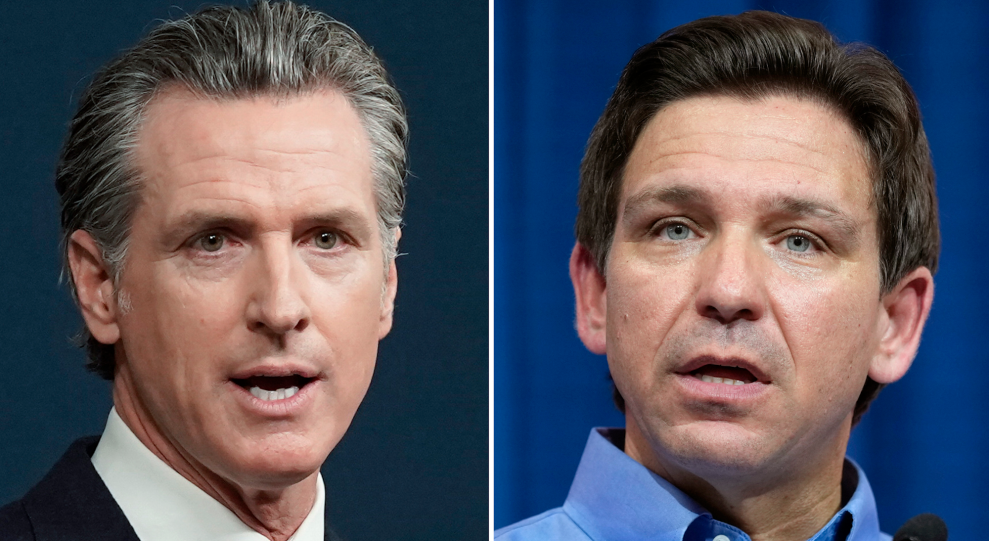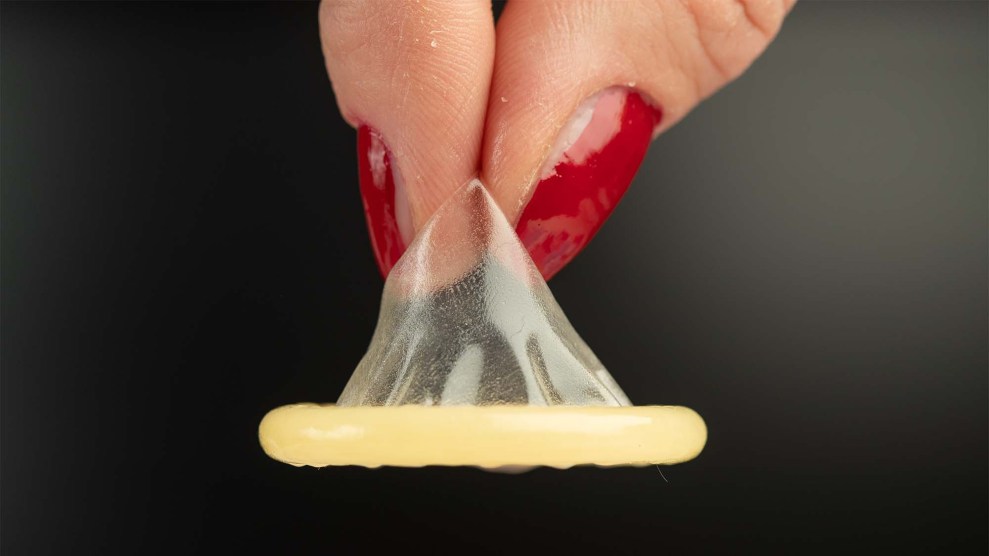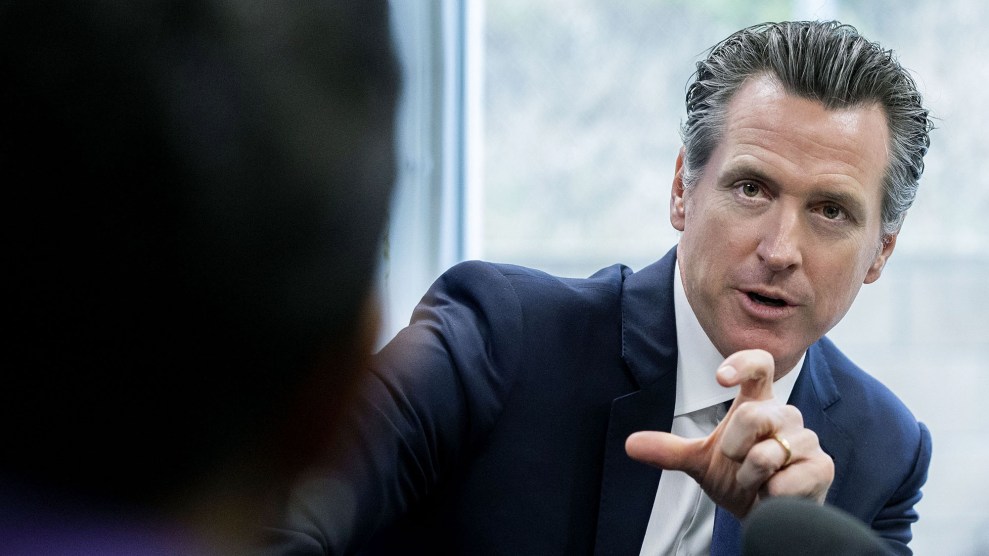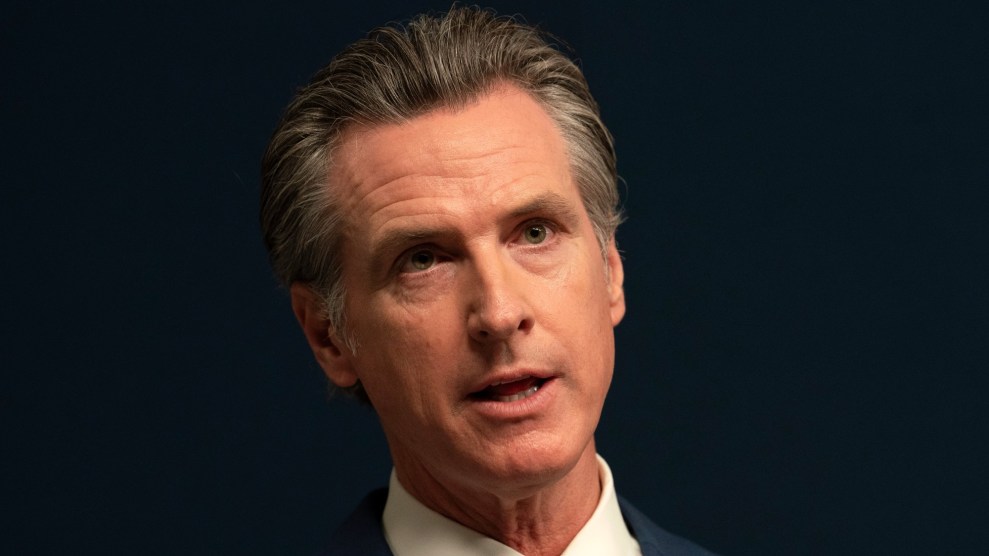
Rich Pedroncelli/AP
A California bill requiring public high schools to provide condoms to their students didn’t make it past Governor Gavin Newsom’s desk this week.
The bill, SB 541, would have required schools to place condoms in at least two easily accessible places on campus. Students would not have needed assistance or permission from staff to take both internal and external condoms. The measure also would have prohibited stores from refusing to give nonprescription contraception to a person solely on the basis of age.
Providing free and easily-accessible contraception is a proven way to keep young adults sexually healthy—one that doctors have been recommending for decades. Introducing safe sex measures early, like having a condom in your bag, can also form a habit that bolsters reproductive health and choice for years to come.
Youth aged 15 to 24 experience more than half of all STIs in California, according to statewide data. This age group also accounts for more than 5 out of every 10 chlamydia cases in California, with over 87 percent of those being youth of color.
“This bill was a response to an issue that youth noted was a pervasive problem,” Onyemma Obiekea, the policy director for Black Women for Wellness Action Project, told Mother Jones. BWW co-sponsored the legislation. “They have told us what would make it possible for them to make these decisions—access without stigma, age discrimination, and cost. This veto denies them of their ask.”
Newsom cited cost in his veto, saying it would be too expensive and contribute to a preexisting budget deficit.
California currently spends around a billion dollars on STI-related health costs a year. Legislative staff estimated the cost would be in the low millions of dollars annually.
In Newsom’s statement following the decision, he wrote, “With our state facing continuing economic risk and revenue uncertainty, it is important to remain disciplined when considering bills with significant fiscal implications, such as this measure.” In response to a request for comment, Newsom’s staff said his “veto message speaks for itself.”
Gov. Newsom has supported similar measures offering reproductive autonomy in the past. In 2019, he signed a bill requiring the state’s public universities to offer medication abortion on campus. And in 2021, California became the first state to outlaw “stealthing,” or taking off a condom during sex without getting verbal consent.
This new, conflicting moment from Newsom comes as the governor has been busy signing and vetoing laws. Over 700 bills were given to Newsom with a deadline of October 14. Newsom vetoed a bill that would have banned discrimination based on caste (“unnecessary,” he said, because of existing civil rights laws, although those do not explicitly mention caste). He didn’t sign a bill that would have expanded perinatal care under Medi-Cal (“fiscal implications”).
Newsom did sign a bill that would allow government workers to form a union by 2026; and another which strengthens worker’s rights when facing retaliation for wage claims.
As of the 9th, he had blocked 143 laws, often citing that the bills were too costly, too unnecessary, too much, or going too fast, as CalMatters reported.
SB 541 aimed to jumpstart reproductive choice, lessen healthcare costs, and increase comprehensive sex education. While there are other avenues to obtain contraception, having options readily available at school—teens say—would help.
“It is important to have condoms in schools because they add a sense of normalcy and reduce stigma around condom use,” Isaiah, a 10th grader in California and a member of the TeenSource Youth Advisory Board, said in support of the bill. “When kids are in school we learn things that stick with us for the rest of our lives, and that should include how important and how vital condom use is for our health and safety.”

